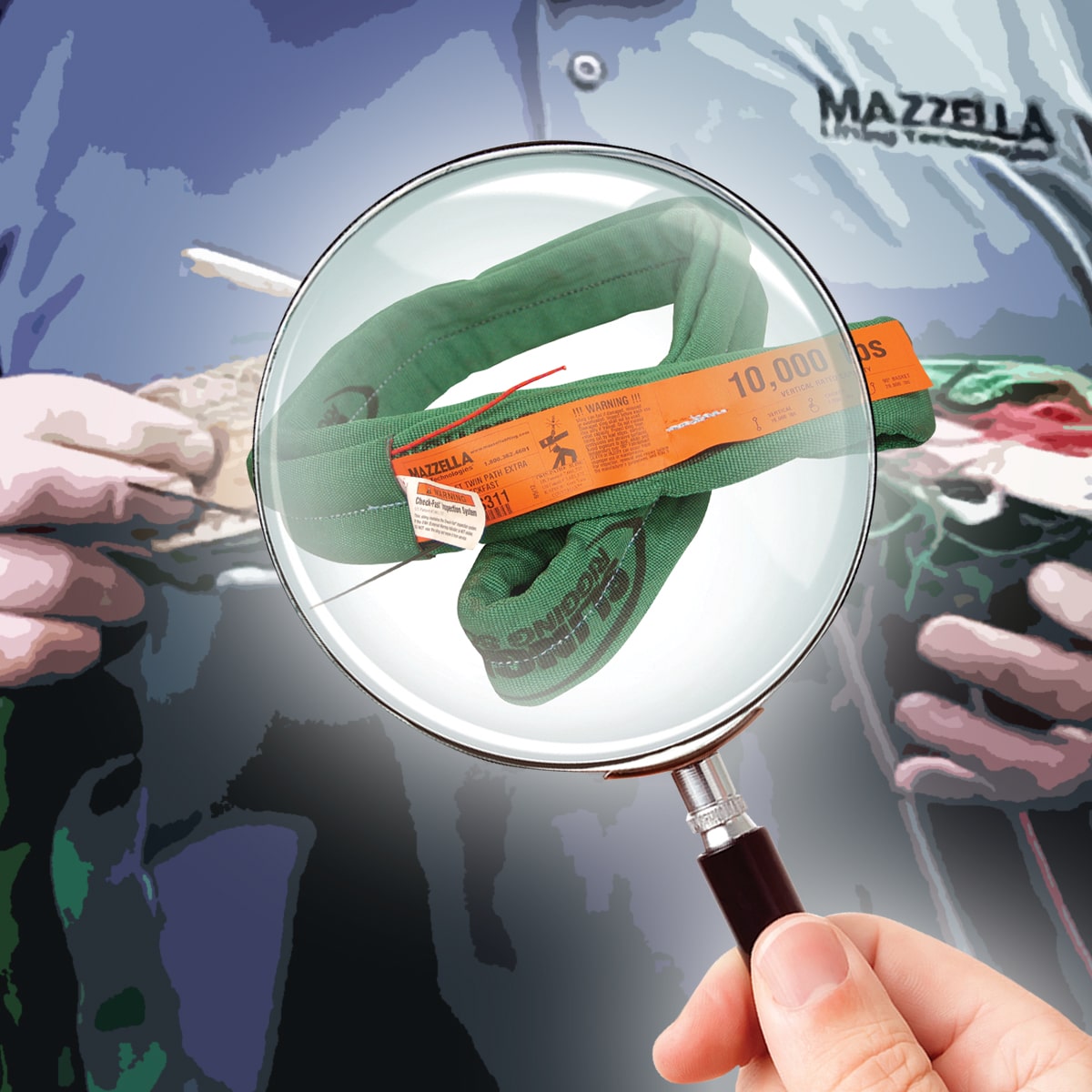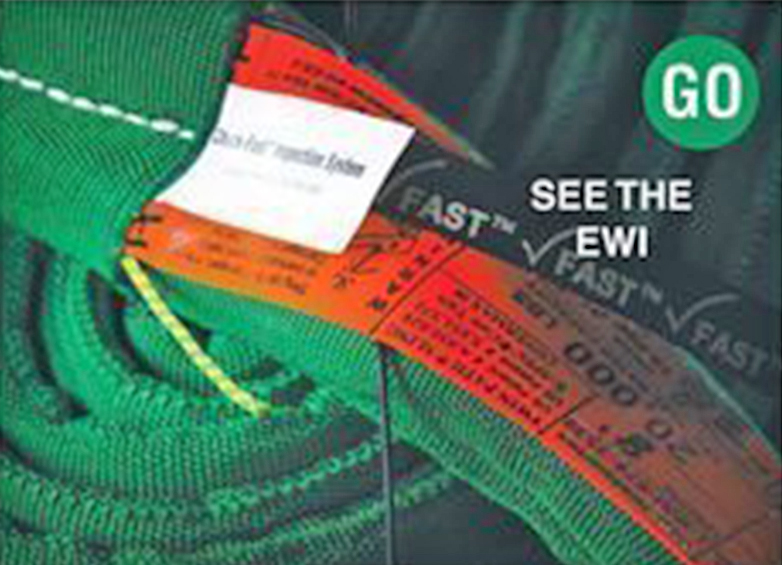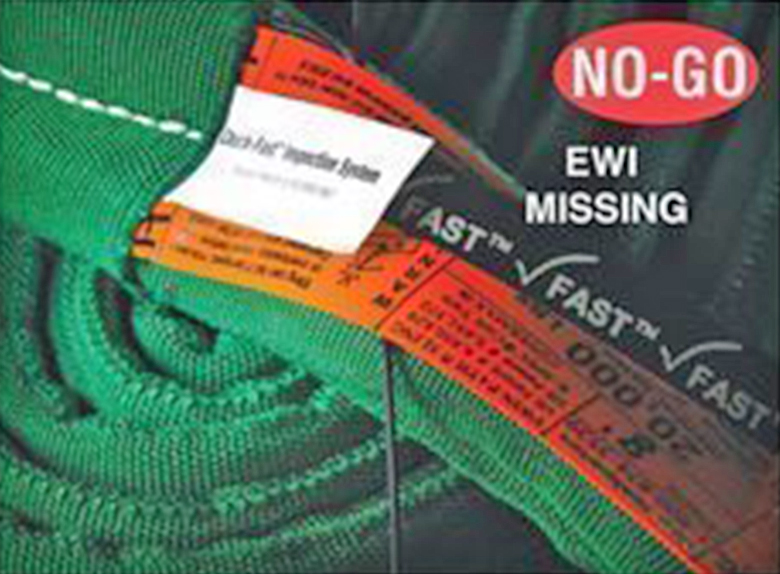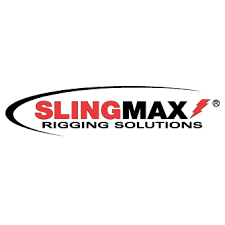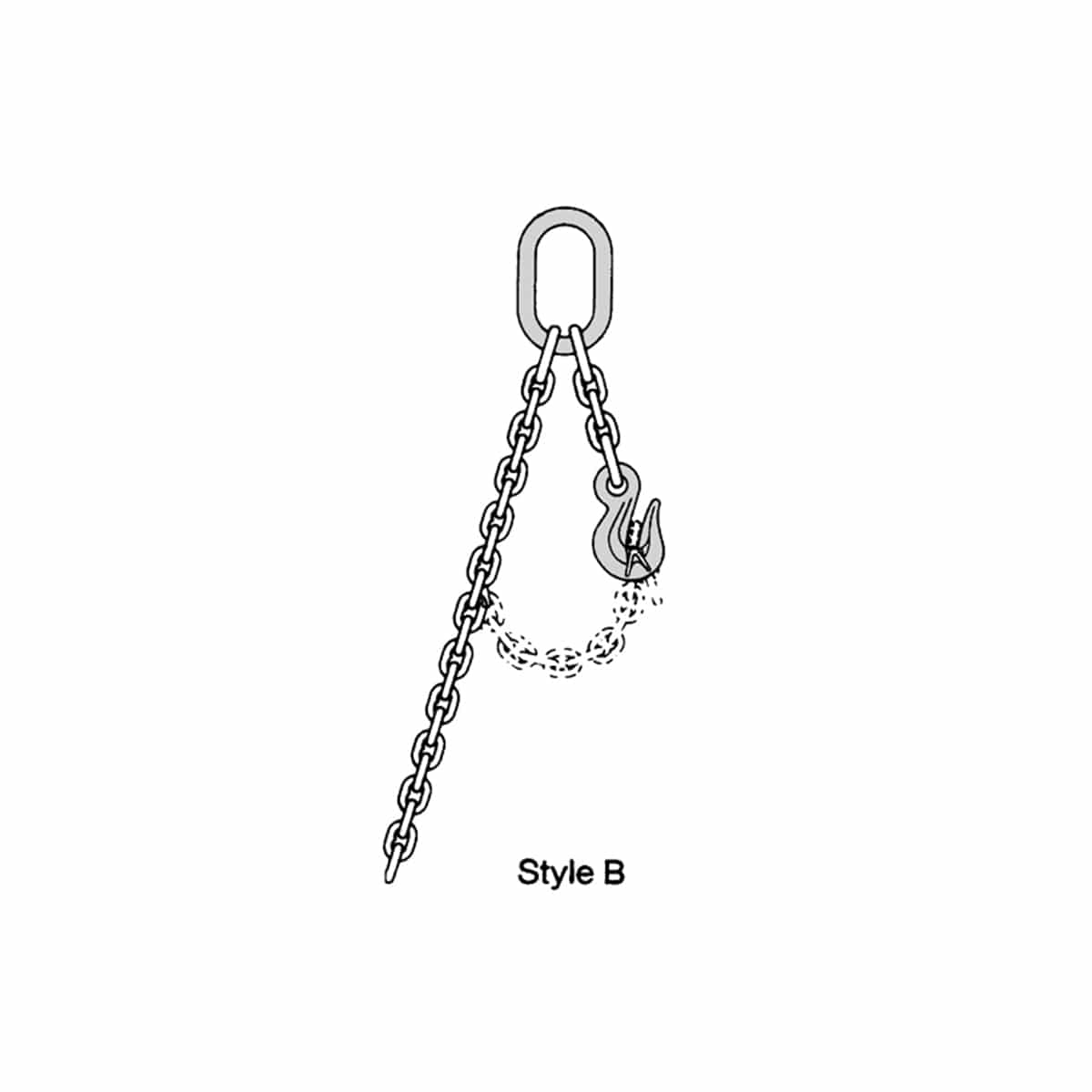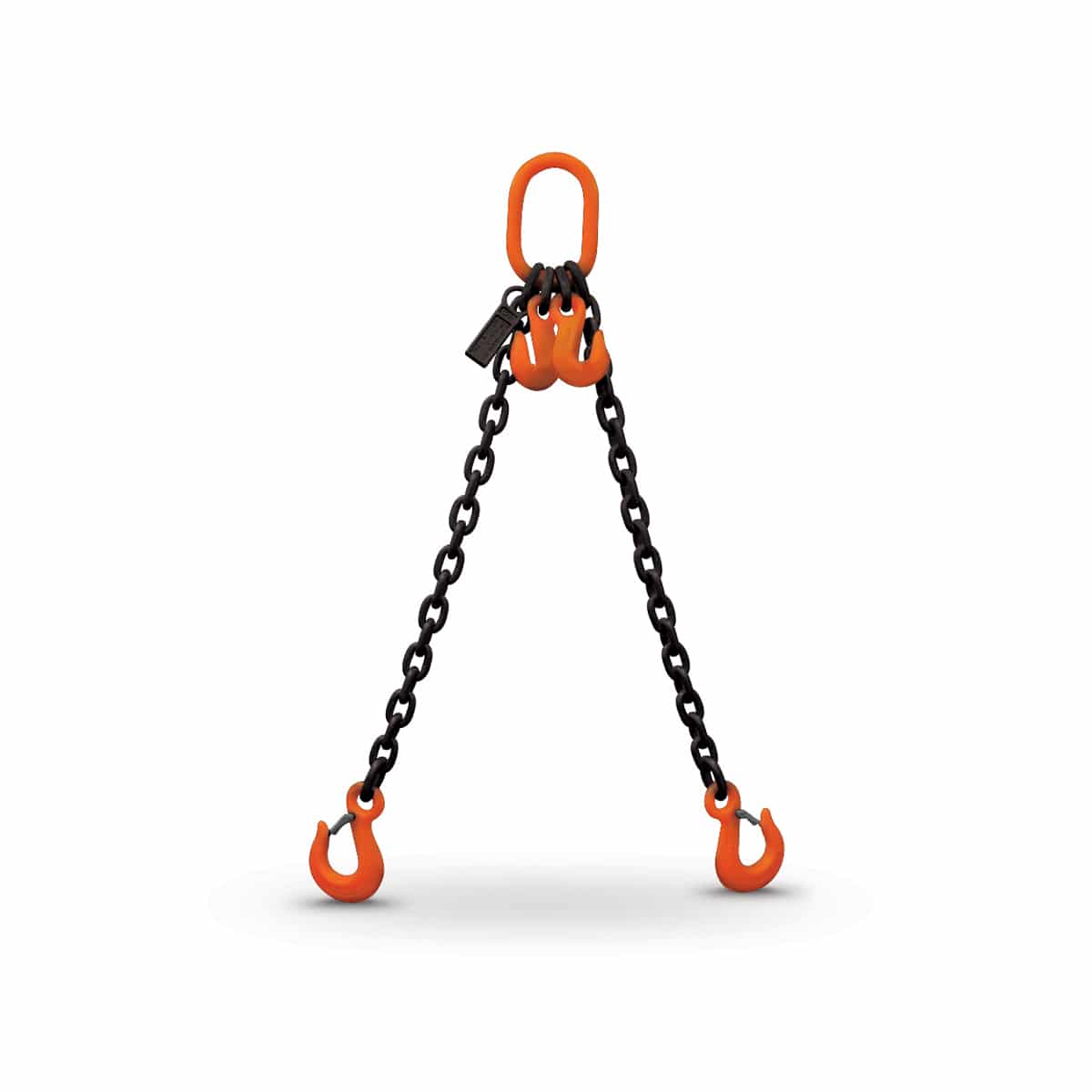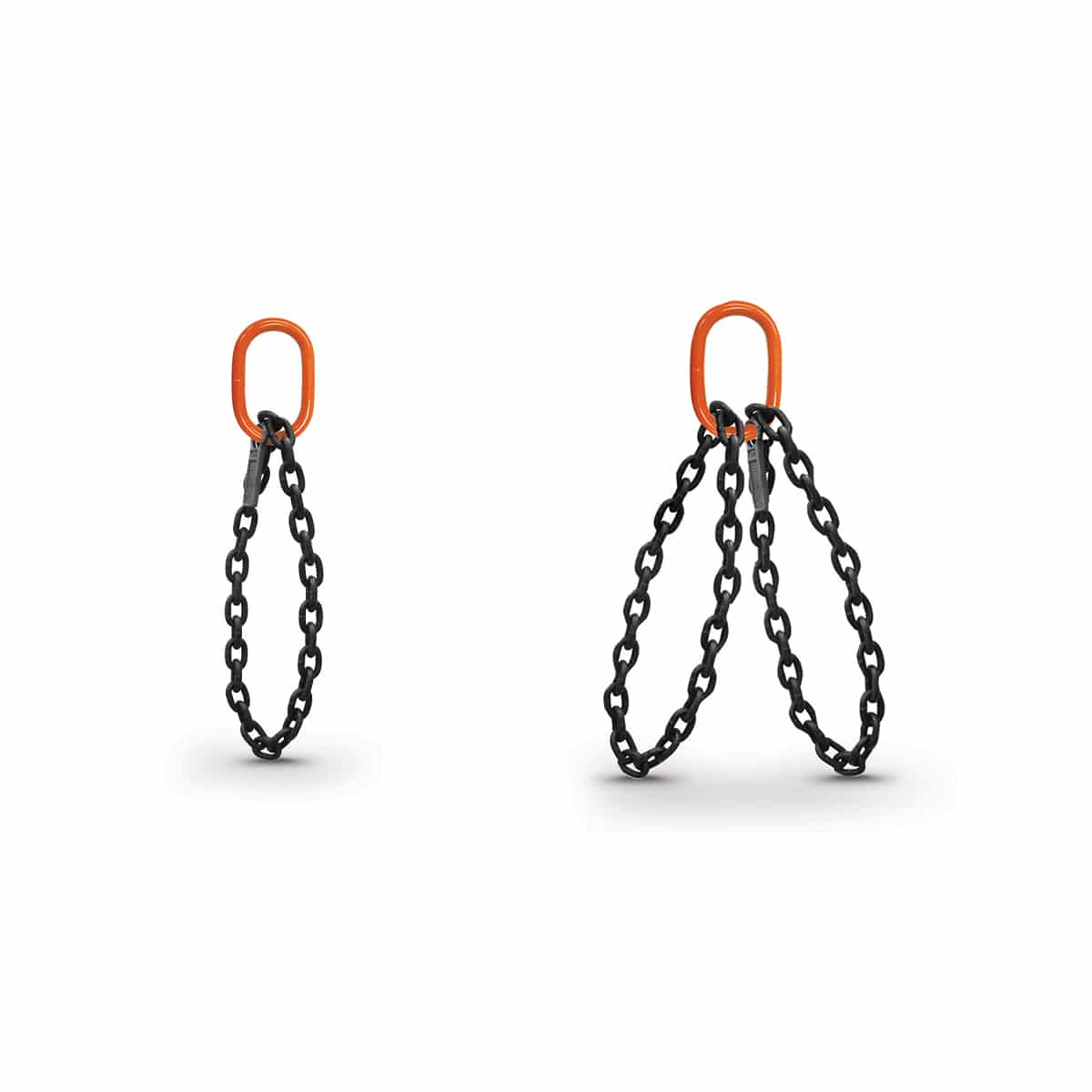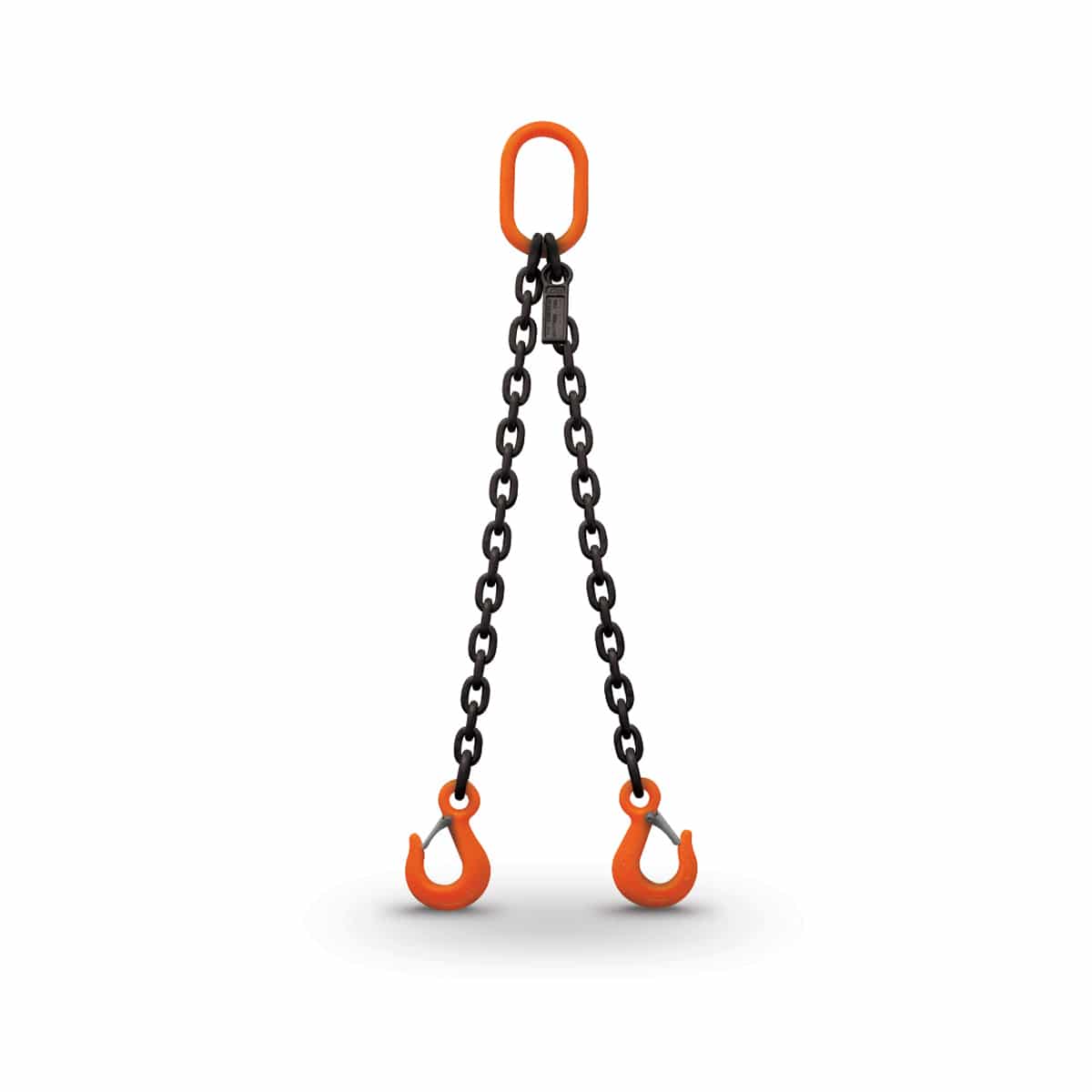The Check-Fast® System is designed to improve job-site safety. The Check-Fast® Tag and External Warning Indicator (EWI) on a roundsling product provides for a pass / fail inspection of the internal load bearing core yarn. Damage to the core yarn from fiber on fiber abrasion, fatigue, and severe overload can be detected. If the sling is mistakenly overloaded beyond rated capacity, the EWI is designed to disappear before the sling fails.
The sling inspector now has a GO / NO-GO inspection device rather than relying on a subjective hand-over-hand inspection to make an educated guess if the load bearing core yarns are in good condition. This safety system is available for polyester or High-Performance K-Spec® Fiber Roundslings fabricated by authorized SLINGMAX® Dealers.
The Check-FastTM System is an independent sacrificial element in the roundsling and is not a part of the actual load bearing structure of the sling. If the Check-FastTM System indicates internal damage, it does so without further weakening of the bearing core.

